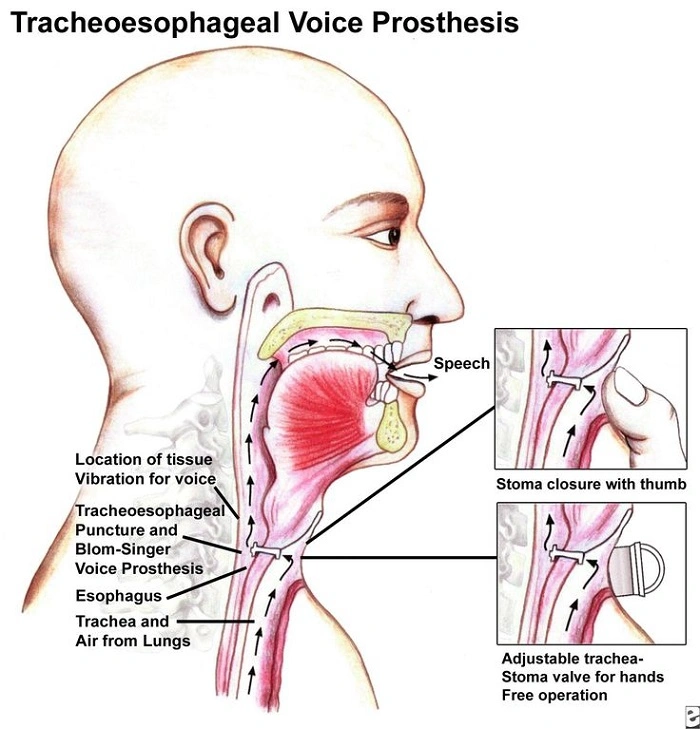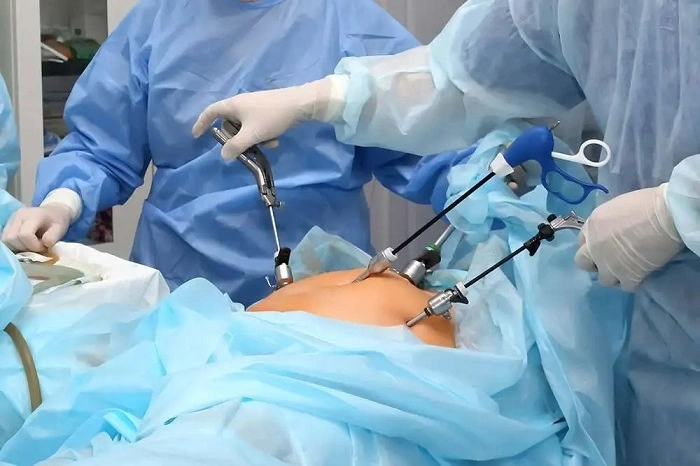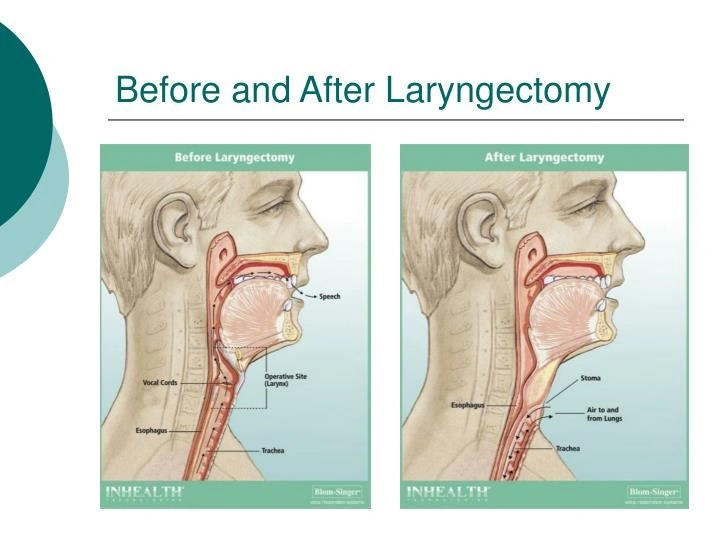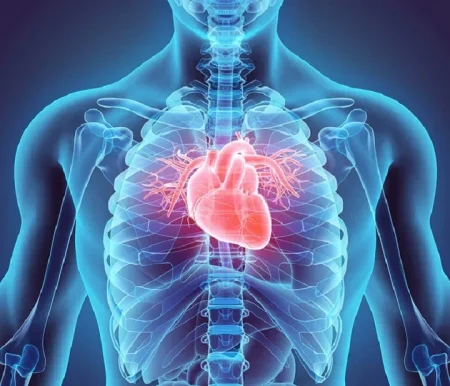Total laryngectomy patients who lose their natural voice often face significant communication challenges. One of the most effective solutions to restore speech is the Tracheoesophageal Puncture (TEP) placement. This surgical procedure creates a small passageway between the trachea and esophagus, enabling patients to speak again using a voice prosthesis.
In this article, we will discuss what TEP placement is, how it works, who qualifies for the procedure, the benefits and risks, and what to expect during recovery. Understanding TEP placement can empower patients and caregivers to make informed decisions about voice rehabilitation after laryngectomy.
What Is TEP Placement?
TEP placement is a surgical technique used primarily after a total laryngectomy (removal of the voice box). It involves creating a small puncture or fistula between the trachea (windpipe) and the esophagus (food pipe). Into this opening, a one-way valve called a voice prosthesis is inserted.
When the patient covers their stoma (the opening in the neck) and exhales, air is redirected through the prosthesis into the esophagus. This airflow causes the tissues to vibrate, producing sound that can be shaped into speech by the mouth and tongue.
Types of TEP Placement

There are two main approaches to TEP placement:
Primary TEP Placement
Performed at the time of laryngectomy surgery. The puncture and prosthesis insertion occur simultaneously, allowing early voice rehabilitation.
Secondary TEP Placement
Done after the initial laryngectomy surgery, usually several weeks or months later. This is chosen when the surgeon or patient prefers to delay voice restoration.
Who Is a Candidate for TEP Placement?
Candidates typically include:
- Patients who have undergone total laryngectomy for cancer or trauma
- Those medically stable enough to tolerate the procedure
- Patients motivated for voice rehabilitation and able to manage prosthesis care
- Absence of severe esophageal or tracheal abnormalities
A multidisciplinary team including surgeons, speech-language pathologists, and oncologists evaluates suitability.
Benefits of TEP Placement
- Restoration of Near-Normal Voice: Provides a more natural-sounding voice compared to other methods like esophageal speech or electrolarynx.
- Improved Communication: Enables fluent, spontaneous speech which is crucial for social and professional interactions.
- Quality of Life Enhancement: Voice restoration supports psychological well-being and independence.
What to Expect During the Procedure and Recovery

Procedure
- Usually performed under general anesthesia.
- The puncture is created carefully to avoid injury to surrounding tissues.
- The voice prosthesis is inserted and secured.
Recovery
- Hospital stay varies from a few days to a week.
- Speech therapy begins shortly after placement to train voice use.
- Patients learn prosthesis care, cleaning, and troubleshooting.
Potential Risks and Complications
While generally safe, TEP placement can have risks such as:
- Prosthesis leakage or displacement
- Infection at the puncture site
- Granulation tissue formation
- Difficulty managing the prosthesis
Regular follow-up and proper care minimize complications.
Caring for Your Voice Prosthesis
- Daily cleaning to prevent blockage
- Avoiding foods or habits that can damage the prosthesis
- Routine replacements every 3-6 months or as advised
- Monitoring for signs of infection or malfunction
Alternatives to TEP Placement
- Esophageal Speech: Using the esophagus to produce sound without devices.
- Electrolarynx: An external handheld device that generates vibrations.
- Artificial Larynx: Advanced devices that simulate vocal cord function.
Each method has advantages and limitations; TEP often offers the best voice quality.
FAQs About TEP Placement
How soon after surgery can I speak using TEP?
If primary placement is done, speech therapy can start within weeks. Secondary TEP patients may wait longer depending on healing.
Is TEP placement painful?
The procedure is done under anesthesia; post-operative discomfort is managed with medication.
How long does a voice prosthesis last?
Typically 3 to 6 months before replacement is needed.
Can I eat and drink normally after TEP?
Yes, most patients resume normal swallowing, though care is needed during initial recovery.
Will TEP placement affect breathing?
No, breathing is maintained through the stoma in the neck.
TEP placement is a transformative procedure that offers laryngectomy patients the opportunity to regain their voice and improve communication dramatically. With proper medical care, speech therapy, and prosthesis management, patients can enjoy a near-normal speaking ability that enhances their quality of life.
If you or a loved one are considering voice restoration options after laryngectomy, consulting with an experienced multidisciplinary team about TEP placement can be a vital step toward regaining speech and confidence.








